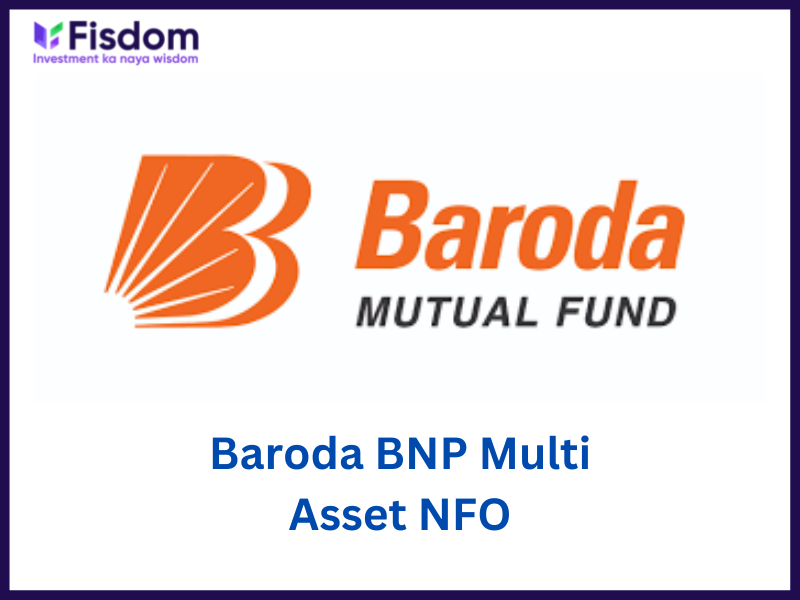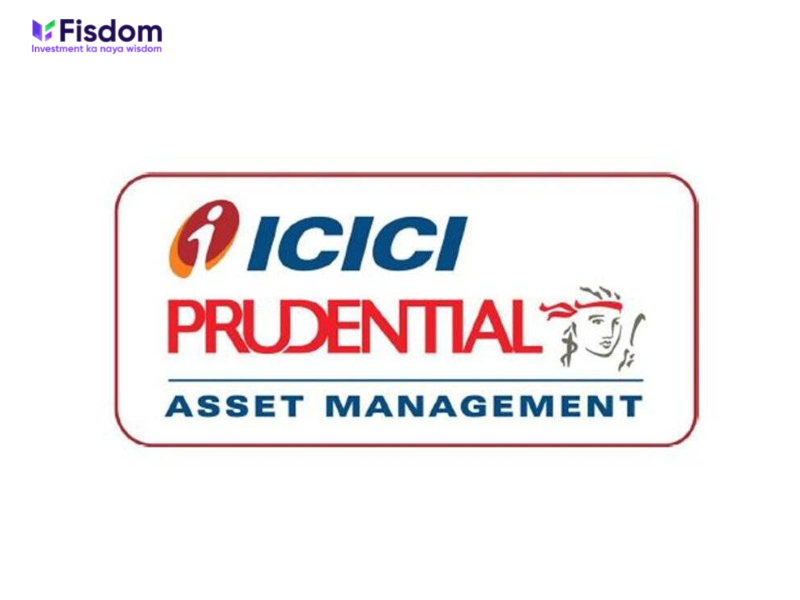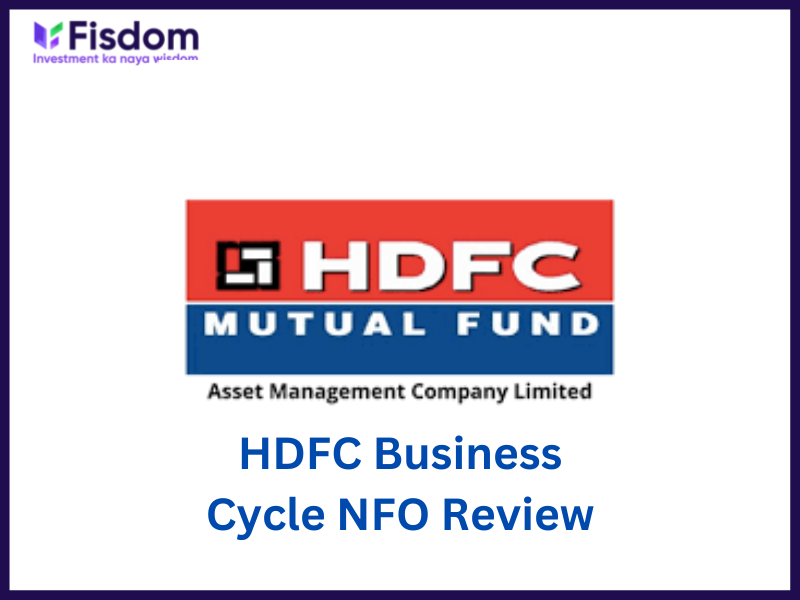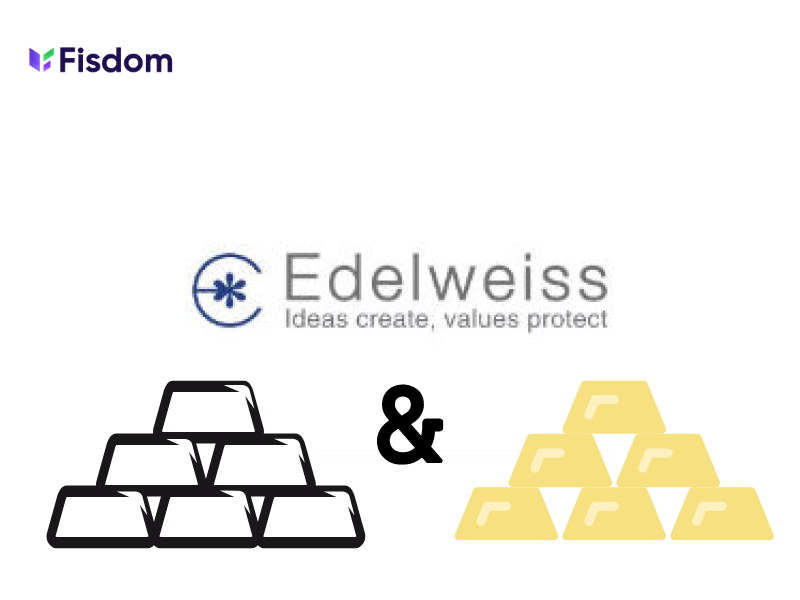
Introduction
Baroda Mutual Fund and BNP Paribas Mutual Fund have come together to form Baroda BNL Paribas Mutual Fund. They are about to launch a new fund in the multi-asset category, Baroda BNP Multi Asset NFO. This NFO will open on 28th November 2022 and will close on 12th December 2022. The fund will then open for regular subscription within 5 business days after the allotment of units.
Investment objective
The scheme aims to achieve long-term benefits in the form of long-term capital growth through investment in diverse asset classes like equity and equity-related securities, REITs, Gold ETFs, debt, and money market securities. The scheme however does not guarantee to meet these objectives or generate returns for the investors.
Reasons to invest
-
Diversified portfolio
The fund will be investing in diverse asset classes which will include equity instruments, gold, debt instruments, money market instruments, and REITs. This will help in getting the maximum advantage of the equity markets and at the same time spreading the risk of the same by investing in low-risk assets like debt and money market instruments. Investment in gold will also act as a perfect hedge against the volatility of stock markets.
The allocation to each category under the fund is tabled below.
| Asset | Allocation |
| Equity and equity-related instruments | 65% to 80% of the fund |
| Fixed Income securities | 10% to 25% of the fund |
| Gold (units of Gold ETFs) | 10% to 25% of the fund |
| REITS and INVITs | 1% to 10% of the fund |
Investors will also have the benefit of investing in all these diverse assets under the single roof of this fund. Investors, therefore, do not need to invest separately into each asset class or track the performance of the same on a regular basis which can be quite cumbersome for an average investor.
-
Tax benefits
The fund will be in the nature of an open-ended equity scheme and hence will be taxed along the lines of an equity mutual fund. This will help the investors get maximum tax benefits for long-term gains like exemption up to Rs. 1,00,000 and taxation at the rate of 10% on long-term gains over this limit.
-
Risk-adjusted returns
The returns from this fund will be better risk-adjusted on account of optimum allocation based on their internal investment model. The model has analyzed the performance of each asset class over the years and curated the allocation based on principles of achieving maximum returns while at the same time spreading the risk against market volatility. The allocation to gold is also considering the historical performance of funds that has the higher gold allocation in order to achieve the optimum allocation to this asset.
-
Target investors
This fund is suitable for novice investors as well as seasoned investors who aim to invest in funds with diverse assets. Also, this fund is a good investment option for investors looking for investment in gold in a non-traditional manner as well as creating wealth with a long-term investment horizon.
Performance of the Benchmark
| Period | Nifty 500 TRI | Nifty 200 TRI | S&P BSE 500 TRI |
| 1-Year | 2.9% | 3.26% | 1.92% |
| 3-Year | 18.46% | 17.57% | 10.59% |
| 5-Year | 12.52% | 12.68% | 8.02% |
| Since Inception | 16.55% | 14.29% | 11.28% |
Risks of investment
-
Inherent risks
The performance of the fund is subject to the inherent risk of investing in equity and debt instruments as well as money market instruments. These risks include risks like market risks, credit and counterparty risks, liquidity risks, tracking error risks, default risks, reinvestment risks, etc.
-
Investment horizon
This fund is suitable for wealth creation in the long-term investment horizon. Therefore, it may not be an ideal investment option for investors looking for short-term investment benefits or gains.
Fund details
The key details of the fund are tabled hereunder.
| Scheme name | Baroda BNP Multi Asset NFO |
| Type of Scheme | An open-ended scheme with investment in Equity, Debt, and Gold ETFs. |
| Category of the scheme | Multi Asset Allocation |
| Benchmark | 65% of Nifty 500 TRI + 20% of Nifty Composite Debt Index + 15% INR Price of Gold |
| Plan and options |
|
| Fund Manager | Mr. Jitendra Sriram (Equity Portion), Mr. Vikram Pamnani (Debt Portion) |
| Exit Load |
|
| Minimum Investment |
|
| NFO Period | 28th November 2022 – 12th December 2022 |
How to invest in the Baroda BNP Multi Asset NFO?
Investors can invest in this fund through the Fisdom app.
FAQs
NFO (New Fund Offer) is launched by the Asset Management Companies (AMCs) to generate funds for launching a new mutual fund. These funds are then pooled to buy the shares or other securities as per the fund’s mandate or the guidelines based on which the fund is launched. NFOs are like IPOs where all the relevant details of the funds are provided at the time of their launch and the units of the fund are usually set at Rs. 10 per unit for a subscription. SEBI guidelines allow the NFOs to be active for a maximum period of 30 days following which the units of the fund are traded based on their daily NAV.
NFOs, at the time of their launch, are launched in two categories namely close-ended funds and open-ended funds. The details of each type of fund are mentioned below. Open-ended funds The majority of mutual funds are launched as open-ended funds. Investors can subscribe to the fund at the nominal rate (usually Rs. 10 per unit) during the NFO period. After the NFO period, when the units are traded based on the daily NAV, the investors stand to gain huge capital gains depending on the performance of the fund. Close-ended funds Close-ended funds, on the other hand, do not allow the investors to subscribe to the fund after the NFO period is closed.
Investing in NFOs is a very good opportunity to maximize the returns as the units can be subscribed at nominal rates and the returns are potentially higher based on the prevailing NAV at the time of redemption. However, there are several points that need to be considered while subscribing to an NFO. Some of such points are highlighted below.
a)Track record of the AMC NFOs are offered for the new mutual fund so no proven track record can be reviewed by investors to make an informed investment decision. The investors have to therefore rely on the reputation of the AMC and other details mentioned in the NFO to make an investment decision. b)Expense ratio (if mentioned) NFOs need a good amount of publicity to make the investors aware of the fund and the investment opportunity. It is therefore essential for the investors to check the expense ratio of the fund and ensure that it does not outweigh the net gains. c)Check if the fund is in correlation to the existing portfolio Recently there have been many NFOs in the market that investors can choose from. However, while selecting the fund the investors must check if the fund is not similar to an existing fund in their portfolio. For example, if the fund is a large-cap fund and the investor already has one or two similar funds in their portfolio, investing in another will not add much value to the net returns or the diversification of the portfolio. On the other hand, many NFOs can be sector-specific or country-specific. In such a case, investors have to check if the fund is in line with other factors like their risk-return profile and investment goals. d)Review the SID carefully Reviewing the SID (Scheme Information Document) is a crucial step that should not be missed by investors while investing in NFOs. It contains all the relevant information about the fund managers, their qualifications, and experience which is crucial for the funds’ performance. Other relevant information includes the investment profile of the fund, target sectors or securities, benchmark index, asset allocation ratio, etc. This helps the investors understand the returns expectation of the fund as well as the target investments where the fund will invest the pooled funds. Investors having a risk-return profile in line with that of the fund can thus invest in such funds.Investment in NFOs can be done through two main routes i.e., the online or offline modes. The details of the same are mentioned below.
a)Online mode The online mode of investment is suitable for investors already having a Demat account and a trading account. Investors can simply select the NFO and invest by selecting the number of units to invest and paying for the same through online payment modes available on the platform. b)Offline mode The offline mode of investment in NFOs is through registered brokers and distributors. Investors can contact their brokers and distributors providing them with the details of the amount to be invested and they can invest in the selected NFOs on their behalf. Investors can make hassle-free investments through such modes as all the necessary forms to be filled and the formalities to be met are looked after by these entities giving investors the benefit of ease of investment. The charges for such services are nominal when compared to the potentially high returns.























